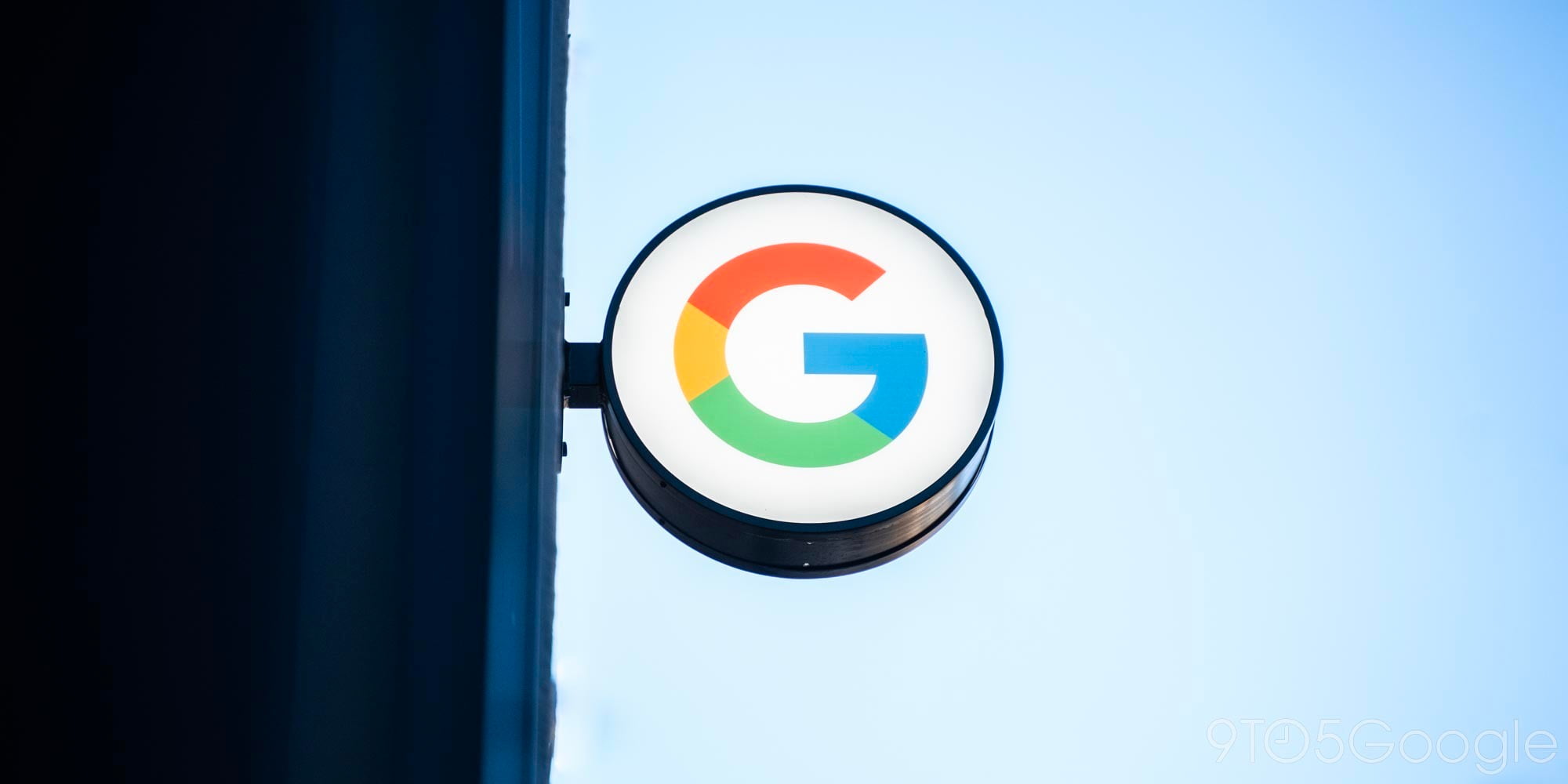
- New transit view in Apple Maps
- Google’s transit view
Yesterday, at WWDC 2015, Apple introduced transit directions to its native Maps application for the first time. It’s a feature that has long been in the works, and it’s still not actually coming to consumer devices until later this year. But those who have access to the iOS 9 beta can try out the feature in select cities, including New York City, San Francisco, and others.
Transit directions aren’t new, though, and you probably know that Google has offered them in its own official Maps app for many years. But since Apple split off from using the Google-powered Maps app with iOS 6, the company has been struggling to match Google’s offerings. Here, we take a look at Google’s transit directions in comparison to Apple’s new offering…
To see how the two features compare (at least in New York City), I told both apps to give me directions from The Spotted Pig to the Museum of Moving Image. Unsurprisingly, both apps gave me very similar directions. As you can see below, they both suggested that I take the M line, just a few blocks of walking from the departing location. Interestingly, while Apple Maps said it was going to take about 43 minutes in total, Google Maps somehow calculated a shorter 34 minute estimate.
As you can see in the two screenshots at the top of this post, it looks like Apple Maps shows some transit lines that Google Maps doesn’t show. For examples, some ferries that run through and around the Hudson river seem to show on Apple Maps, and you can see as well certain sections of subway that are oddly missing from the Google counterpart.
Also, Apple Maps tends to blur out the streets, street labels and street traffic information while in Transit mode, to give the user a clearer view of the underground rail system. As mentioned in the keynote yesterday as well, Apple Maps has (as can be seen in many places in Google Maps) surveyed many of these underground subway stations so that you can make sure to always find the quickest entry and navigate the inside.
Looking at the transit direction overview, it’s clear that Apple wanted to reorganized interface the interface a bit to differentiate itself from the one that can be seen in Google Maps. Both screens present basically the same information, but Google’s seems to be organized a little better and the placement of the button to see the stops seems to be in a better location to me. It took me a minute before I realized that I could tap the small blue “10 stops” text in Apple’s version.
But expanding to view the stops between destinations actually provided more information in Apple’s version. Apple Maps estimates the times that you will be stopping at each stop along the way, while Google Maps passes on this information. This isn’t crucial, however, because if you’re not planning to get off the train at any of these stops, it’s arguably not very valuable to know when they will arrive at these stops. It might be helpful to have a timeline of your trip, though, and this is something that seems to be presented more clearly on these screens in Apple Maps.
I don’t think that the average user is going to be able to tell much difference between these two services in terms of the actual user experience. They’re actually remarkably similar, and it appears as if Apple really spent the time to make sure this addition to its native Maps app was a great one. There aren’t many notable differences in functionality between the two apps, and for Apple, that’s a good thing. Google Maps is the mapping app to beat, and Apple Maps has fallen short for far too long.
Where users will notice a difference, however—at least at first—is the comprehensiveness of coverage. While Apple says that Apple Maps transit is coming to 10 American cities this fall, Google Maps still offers transit directions in far more cities. That list is far too long to include here, so you can view it for yourself on Google’s website. Internationally, Apple is introducing transit directions to a few hundred cities in China; Google trumps the Cupertino company there too by far, with support in Google Maps for hundreds of cities worldwide.
FTC: We use income earning auto affiliate links. More.







Comments